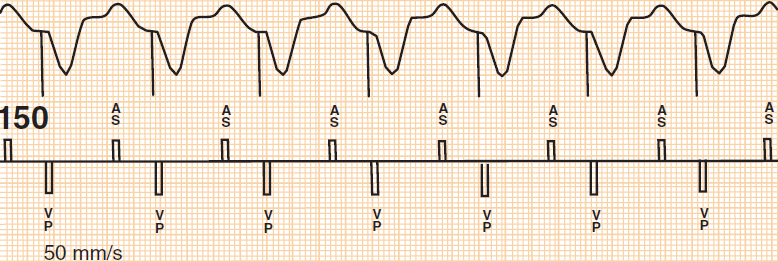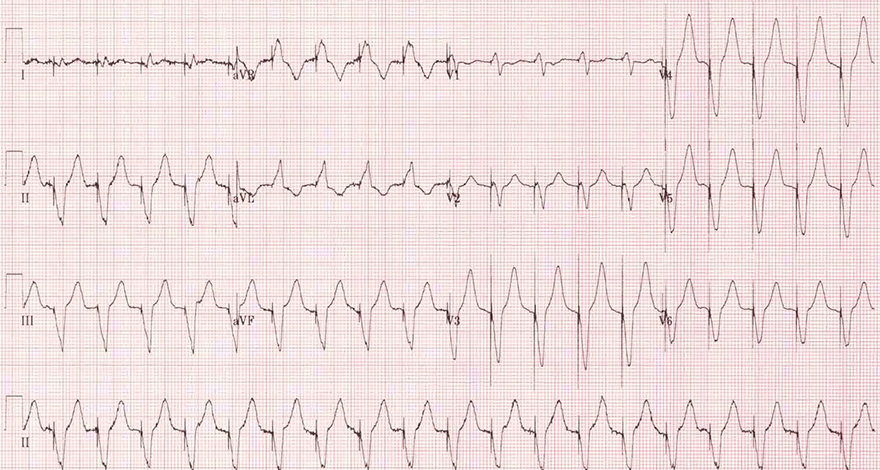
|
ECGbook.com Making Medical Education Free for All |
Upload ECG for Interpretation |

|
ECGbook.com Making Medical Education Free for All |
Upload ECG for Interpretation |
Home /
Pacemaker mediated tachycardia (PMT), Endless loop tachycardia (ELT), Pacemaker Circus movement tachycardia (PcmT)



Pacemaker Tachycardia

Pacemaker Tachycardia
Sources
Home /
Pacemaker mediated tachycardia (PMT), Endless loop tachycardia (ELT), Pacemaker Circus movement tachycardia (PcmT)
Dual Chamber Pacemaker
|

|
|

|

Pacemaker Tachycardia

Pacemaker Tachycardia
Sources